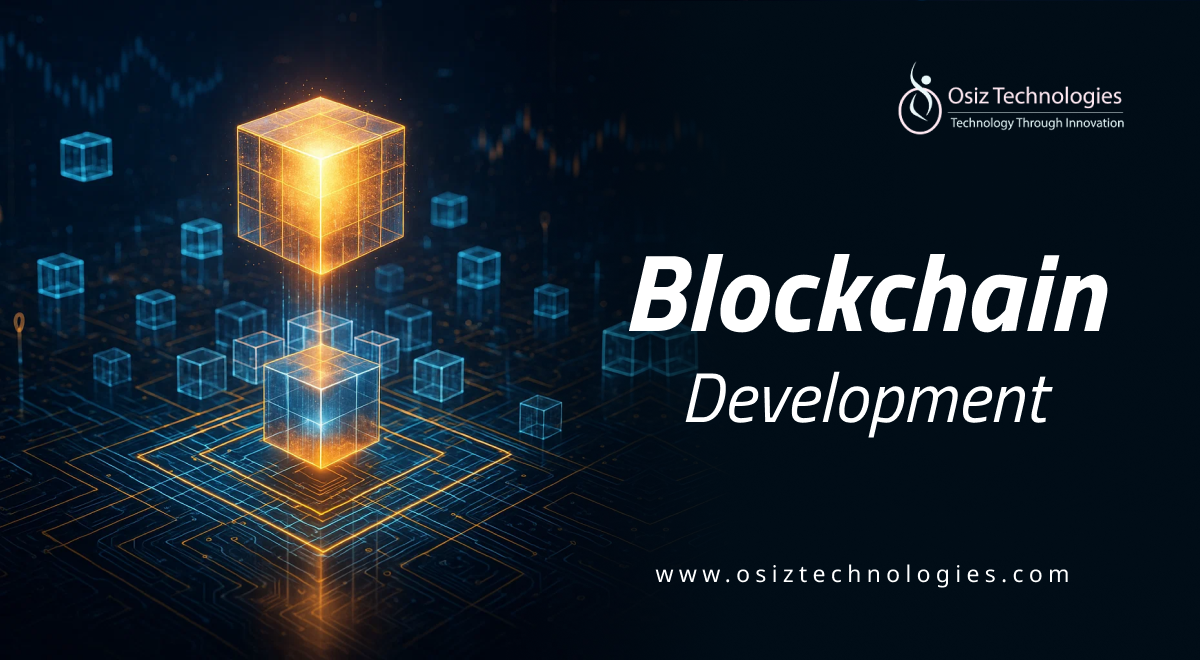In the ever-evolving landscape of blockchain technology, deploying a smart contract is a pivotal step that can unlock a myriad of possibilities. Smart contracts, self-executing contracts with the terms of the agreement directly written into code, are revolutionizing industries by automating processes and enhancing transparency. This guide will walk you through the essential steps to deploy a smart contract on a blockchain platform, ensuring you have the knowledge and tools necessary to navigate this complex yet rewarding process.
Understanding Smart Contracts
Before diving into deployment, it’s crucial to grasp what smart contracts are. These digital contracts run on blockchain technology, allowing for automatic execution of agreements when predetermined conditions are met. This eliminates the need for intermediaries, reducing costs and enhancing efficiency.
Choosing the Right Blockchain Platform
Several blockchain platforms support smart contracts, each with unique features and capabilities. Ethereum is the most popular choice due to its robust ecosystem and extensive developer resources. Other platforms like Binance Smart Chain, Polkadot, and Solana also offer smart contract functionalities. Consider factors such as transaction fees, scalability, and community support when making your choice.
Setting Up Your Development Environment
Once you've selected a blockchain platform, the next step is to set up your development environment. This typically involves installing software tools like Node.js, Truffle, or Hardhat. These tools facilitate the development, testing, and deployment of smart contracts. For instance, Hardhat allows you to deploy contracts to a local network, making it easier to test before going live.
Writing Your Smart Contract
Smart contracts are usually written in programming languages like Solidity (for Ethereum) or Rust (for Solana). Begin by defining the contract’s purpose and the rules governing it. For example, if you’re creating a token contract, specify the total supply, name, and symbol. Ensure to follow best practices for security, such as validating inputs and preventing reentrancy attacks.
Testing Your Smart Contract
Testing is a critical phase in smart contract deployment. Use frameworks like Mocha or Chai to write unit tests that simulate various scenarios. This helps identify potential bugs and vulnerabilities. Additionally, consider deploying your contract on test networks like Goerli or Sepolia, where you can simulate deployment without incurring real costs. This step is crucial to ensure your contract behaves as expected.
Deploying Your Smart Contract
Once testing is complete, you’re ready to deploy your smart contract. This process involves sending a transaction to the blockchain containing your contract’s bytecode. Tools like Hardhat or Truffle can streamline this process. For Ethereum, you’ll need to connect your wallet (like MetaMask) to the network and execute the deployment transaction. Upon successful deployment, your contract will receive a unique address on the blockchain.
Interacting with Your Smart Contract
After deployment, you can interact with your smart contract through various methods. This can include calling functions to retrieve data or executing transactions that alter the contract’s state. Use libraries like Ethers.js or Web3.js to facilitate these interactions in your applications.
Monitoring and Maintaining Your Smart Contract
Post-deployment, it’s essential to monitor your smart contract for performance and security. Utilize tools like Etherscan to track transactions and contract interactions. Regular audits and updates are also necessary to mitigate risks associated with vulnerabilities.
Common Challenges in Smart Contract Deployment
Deploying a smart contract is not without its challenges. Issues such as high gas fees, coding errors, and security vulnerabilities can arise. To address these, stay informed about best practices and leverage community resources. Engaging with forums and developer communities can provide support and insights.
Conclusion: Embrace the Future of Smart Contracts
Deploying a smart contract may seem daunting, but with the right tools and knowledge, blockchain development can become a straightforward process. As blockchain technology continues to advance, the potential applications of smart contracts and decentralized applications (dApps) are limitless. Whether you’re looking to automate business processes, create secure smart contracts, or build innovative dApps, understanding how to deploy smart contracts is an essential skill in blockchain development. For more insights and guidance on mastering blockchain development and smart contract deployment, connect with us at osiztechnologies.com.
Listen To The Article










